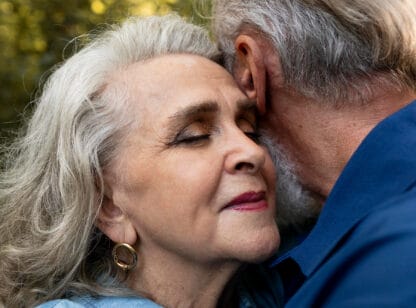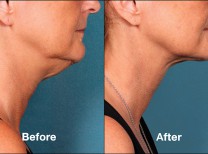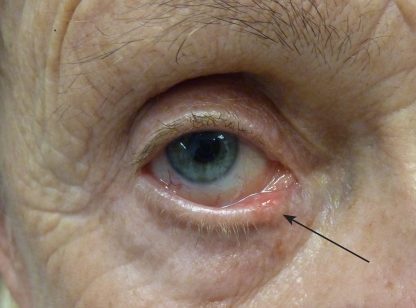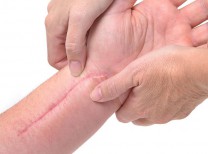From the pictures in most vein clinic ads, it may seem that vein removal is simply a cosmetic therapy to help attain smooth, sexy legs. While many treatments do deliver these desired results, vein removal can also be a necessary, life changing procedure.
“60% of my patients come for medical purposes,” said Dr. Joan Warren of Vein Institute of the Desert. “Their symptoms are often a burning aching pain, cramping, itching, heaviness, end of day fatigue, and/or swelling of the ankles and feet.” She adds that veins have valves to carry blood against gravity back towards the heart. When vein walls lose strength or valves become damaged (usually because of genetic factors), these valves no longer work properly allowing the blood to flow backwards. This causes stagnation or pooling of the blood, resulting in the above symptoms.
When the large superficial veins are not working correctly, lasering the vein shut is a safe and effective way to relieve the pressure and in turn, the symptoms. According to Dr. Warren, the pain, cramping, and burning go away almost immediately for most patients. “When they have swelling which has been there for years, it can take months for the swelling to diminish or resolve.”
Visual appearances may vary. “Some people have large protruding veins and some have smaller purple-reddish veins called “spider veins.” Both can be problematic. Sometimes people have symptoms such as restless legs, pain and cramping and have no noticeable veins on the surface. “When the larger superficial veins on the inside are not working correctly, they can cause these symptoms.” She adds that several studies have determined that approximately 50% of restless leg syndrome cases may be due to venous insufficiency. “Your body is trying to move the blood upward by pushing the calf muscles against the blood vessels.” It is this blood pooling which causes many of the symptoms in people with varicose veins.
According to Dr. Warren, most people are self-diagnosing and don’t realize the significance of their symptoms. “It is important to take care of the problem because if there is a lot of pressure in the legs, the veins can actually pop open and spontaneous hemorrhaging can occur.” For some patients, it takes a long time to stop bleeding, especially if you are on blood thinning medications. Warren explains that when you have swelling at the ankles, the skin gets very hard and is destructive to those tissues. It is not getting the oxygen it needs and can cause necrosis (or death) of the skin and the fat. The skin can break open causing ulceration which can take six months, or years, to heal even with treatment. She adds that some ulcers never go away if people don’t get care for them.
“If symptoms are interfering with your daily activities, it is important to seek care,” says Warren. “And most insurances will cover care in these cases.” Warren offers a complimentary consultation which includes an ultrasound evaluation to identify cause and options.
To help alleviate symptoms she recommends exercise, avoiding long periods of sitting and standing, wearing medical grade prescription compression stockings and limiting wearing high heels.
For more information or questions, contact Dr. Warren at Vein Institute of the Desert (760) 610.5573.
















































Comments (0)